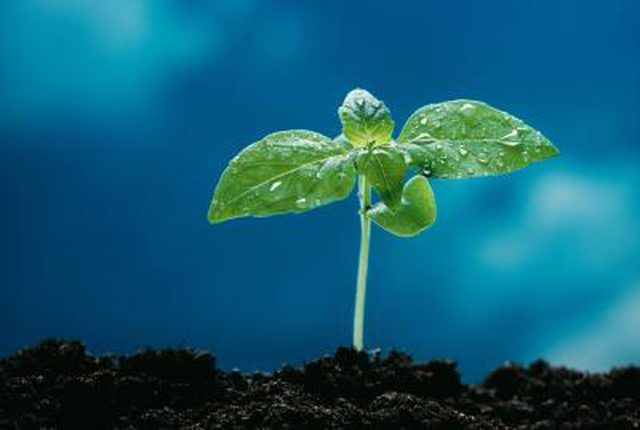Bulbs
Flower Basics
Flower Beds & Specialty Gardens
Flower Garden
Garden Furniture
Garden Gnomes
Garden Seeds
Garden Sheds
Garden Statues
Garden Tools & Supplies
Gardening Basics
Green & Organic
Groundcovers & Vines
Growing Annuals
Growing Basil
Growing Beans
Growing Berries
Growing Blueberries
Growing Cactus
Growing Corn
Growing Cotton
Growing Edibles
Growing Flowers
Growing Garlic
Growing Grapes
Growing Grass
Growing Herbs
Growing Jasmine
Growing Mint
Growing Mushrooms
Orchids
Growing Peanuts
Growing Perennials
Growing Plants
Growing Rosemary
Growing Roses
Growing Strawberries
Growing Sunflowers
Growing Thyme
Growing Tomatoes
Growing Tulips
Growing Vegetables
Herb Basics
Herb Garden
Indoor Growing
Landscaping Basics
Landscaping Patios
Landscaping Plants
Landscaping Shrubs
Landscaping Trees
Landscaping Walks & Pathways
Lawn Basics
Lawn Maintenance
Lawn Mowers
Lawn Ornaments
Lawn Planting
Lawn Tools
Outdoor Growing
Overall Landscape Planning
Pests, Weeds & Problems
Plant Basics
Rock Garden
Rose Garden
Shrubs
Soil
Specialty Gardens
Trees
Vegetable Garden
Yard Maintenance
Why Is Too Much Fertilizer Bad for a Plant?
Why Is Too Much Fertilizer Bad for a Plant?. Fertilizer is generally made up of nitrogen, phosphorus and nitrogen. If you use too much fertilizer with these nutrients, you can cause burning to new plants, existing flowers and your lawn.

Fertilizer is generally made up of nitrogen, phosphorus and nitrogen. If you use too much fertilizer with these nutrients, you can cause burning to new plants, existing flowers and your lawn.
Fertilizer Burn
When a plant has fertilizer burn, it is not actually burned. Fertilizer burn happens when nutrients in the fertilizer have caused dehydration in the plant's root system. This generally turns the plant's leaves brown.
How It Burns the Plant
Potassium in fertilizer can cause burns because it has a high salt index. Putting too much fertilizer on a plant is the equivalent of pouring a bunch of salt on a plant. The salt in turn soaks up all the plant's moisture, thus causing it to "burn."
How Much to Use
The two types of fertilizer are slow release and quick release. Slow release comes in granules that are spread with a fertilizer spreader. Quick release generally comes in a liquid form that is attached to hose. Use the amount as instructed on the label. When in doubt, use less fertilizer. Few lawns suffer from under-fertilizing.
Fertilizing in the Fall
Many plants should not be fertilized in the fall because it causes new growth that becomes susceptible to winter conditions. If you use a small amount in the late summer months, your plants should be ready to go dormant by winter. However, too much will cause them to become vulnerable to snow and freezes.
Watering
Poor watering and over-fertilizing are a death sentence for plants and lawns. If you do over-fertilize, give your plants plenty of water to avoid dehydration. Avoid burning your plants by fertilizing in the morning or late afternoon. Most plants need at least 1 inch of water a week. Keep up a watering schedule.
Fertilizers
Make sure that you use a fertilizer with the right NPK amount. Ask your nursery when in doubt or look at the bottle to make sure that it fertilizes the plant or lawn you are feeding.